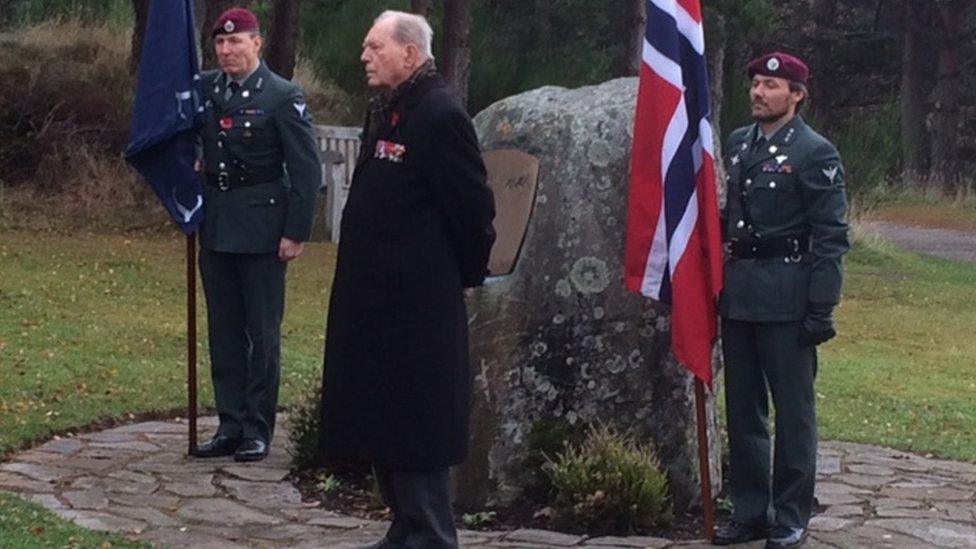The 'suicide mission' to foil Hitler's atomic bomb

Tom Conacher, from Plains, near Airdrie, was one of just seven who made it back to Scotland during Operation Freshman
- Published
There are new efforts to remember 48 Allied servicemen who took part in a secret mission to disrupt Adolf Hitler's bid to build a nuclear weapon.
Operation Freshman was launched from RAF Skitten, near Wick, in late 1942 to destroy parts of a German-held factory in Norway.
It was the Allies' first glider-borne attack of World War Two, but it ended in disaster when three of its four aircraft crashed. Survivors were captured and later executed.
Families say the men were sent on a "suicide mission" and they have welcomed the new work to recognise their bravery, which includes tracing families of three Scottish servicemen.
Who were the men of Operation Freshman?
- Published13 May 2024
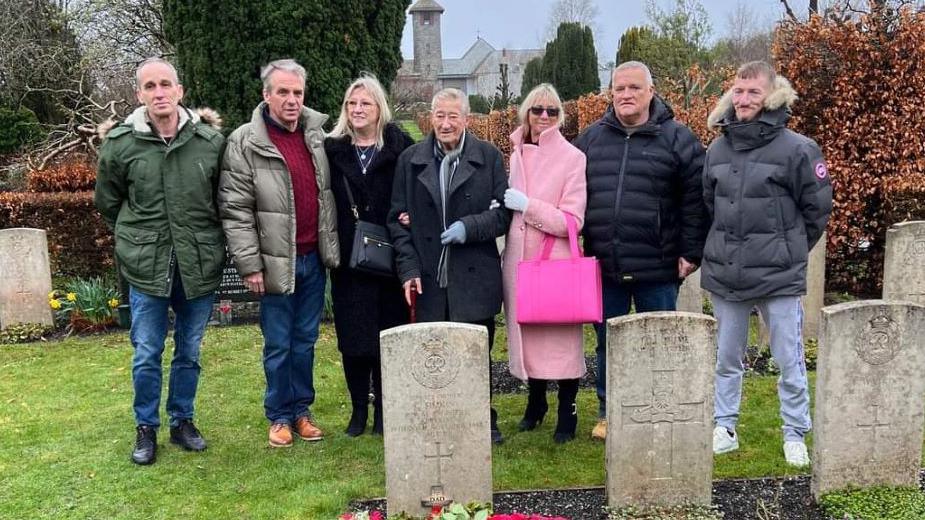
Relatives of George Simkins, including his son Bob, middle, at the Royal Engineer's grave in Norway in April
The three are among 10 men that researcher Bruce Tocher, who is writing a new book about Operation Freshman, has still to find families for.
The Scots are:
Cpl James Cairncross, from Hawick
L Cpl Alexander Campbell, of Grangemouth
Sapper John Hunter, from Lennoxtown
Plans to upgrade a war memorial at Skitten are among the other efforts to mark Freshman more than 80 years on.
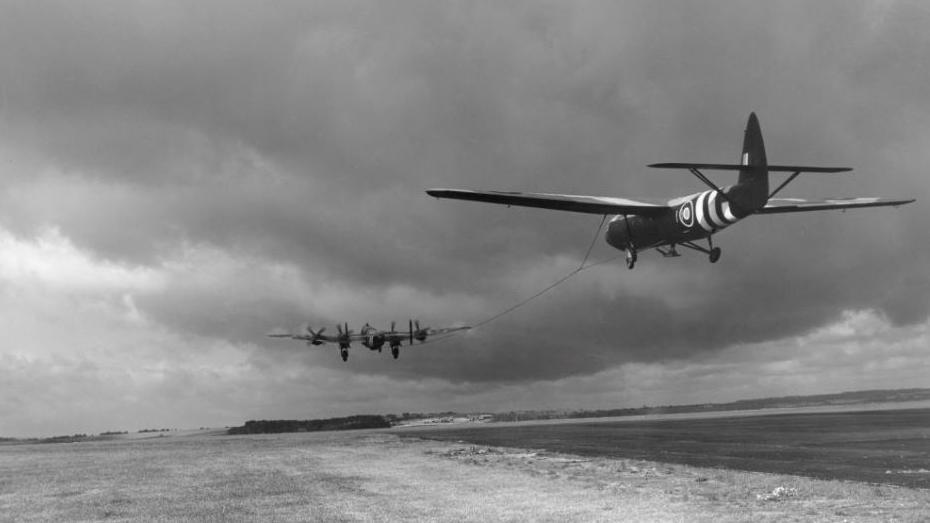
Halifax bombers towed Horsa gliders from the north of Scotland to Norway
The operation was the Allies' first military action against the Norsk Hydro factory at Vemork.
It was a target because it produced heavy water. The water has a special hydrogen content and was a key component of Germany's atomic bomb programme.
Servicemen from the UK, Canada, Jamaica and Australia were involved in the daring operation.
They included volunteers from the Royal Engineers, but the air crew were under orders to fly on the raid.
On 19 November 1942 two Halifax bombers, codenamed A and B and each towing a glider with Royal Engineers soldiers onboard, flew out from Skitten.
The plan was for the gliders to land in mountains near Vemork.
From there four Norwegian resistance fighters would guide the engineers to the factory.
Explosives were to be used to blow up parts of the complex, and the men were to escape to Sweden.
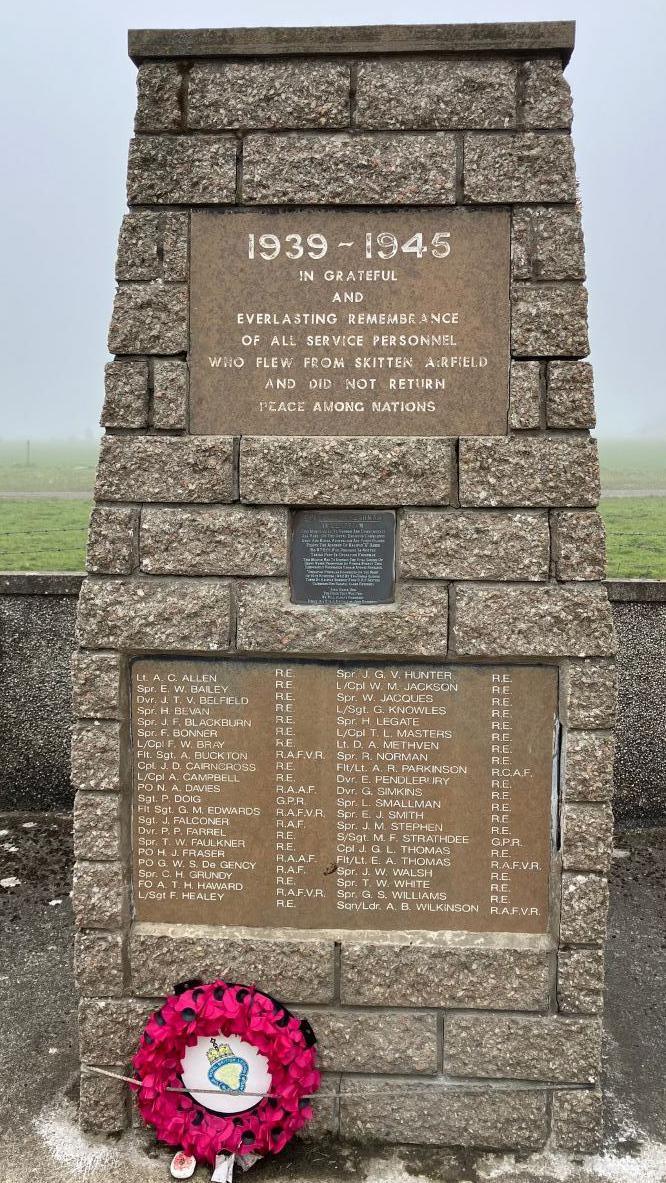
Names of Freshman's fallen are on a war memorial at the site of RAF Skitten
But disaster struck over Norway when the gliders' tow ropes iced up in freezing temperatures. This badly affected the operation of the aircraft.
Halifax B and its glider crashed into a mountainside.
Tom Conacher, from Plains, near Airdrie, was a rear gunner in Halifax A and saw the explosion.
He watched as the rope to the glider attached to his bomber iced up and the aircraft drifted out of control.
Mr Conacher told a 1973 BBC documentary: "He went away starboard and then it just snapped and I saw him peeling away and he disappeared."
Halifax A and its seven crew made it back to Scotland low on fuel.
The crew of the other bomber were killed in the crash, while survivors from the gliders were captured.
Some were killed by Nazi secret police, the Gestapo. Others were imprisoned and later shot.
Mr Conacher's daughter, Christine Macdonald, told BBC Scotland News: "Dad never really spoke to us about it (the operation).
"I think that was because of the terrible loss of life."
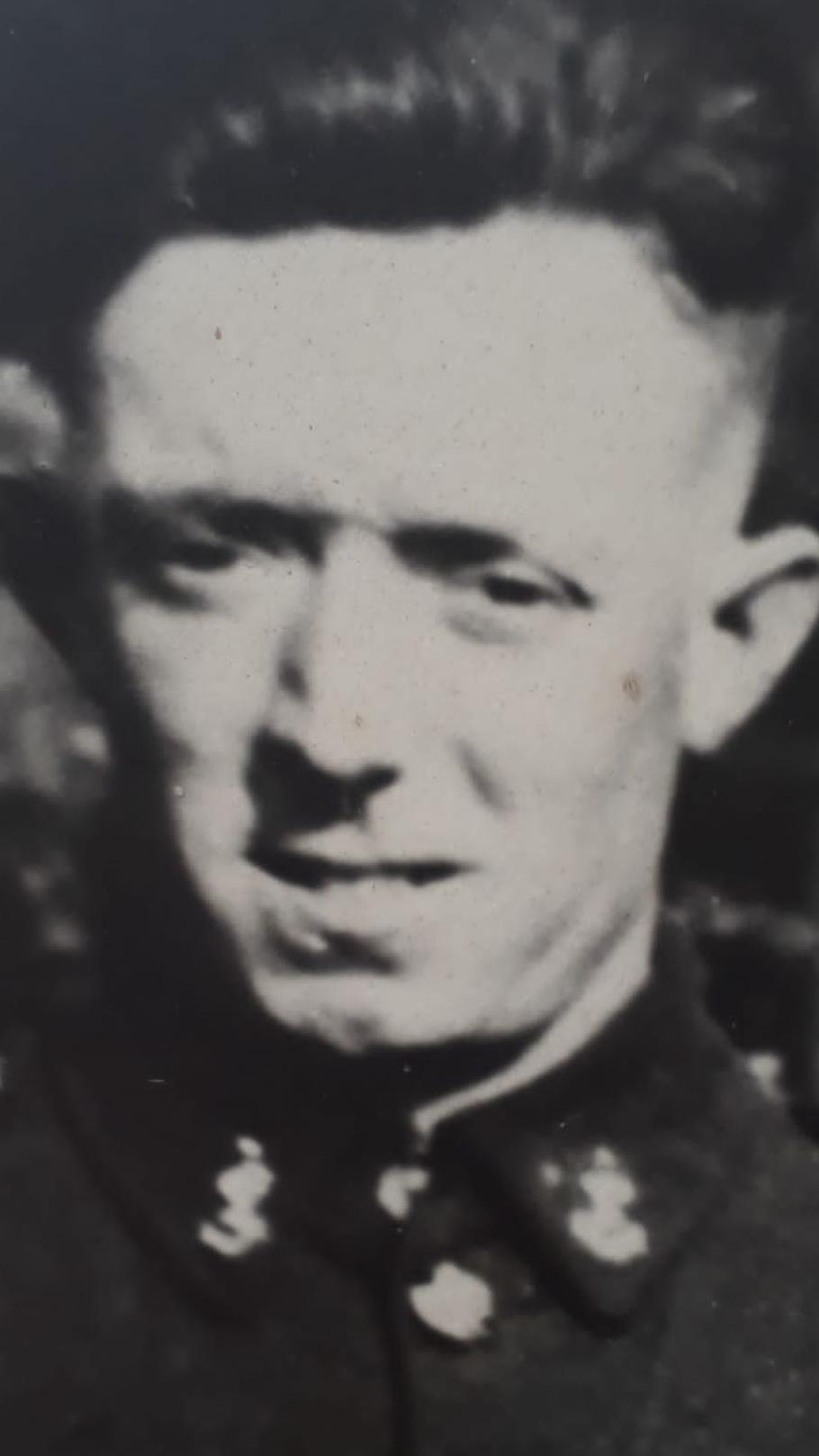
George Simkins was among those killed during Operation Freshman
The families of those killed were not told of their fate until after the end of the war in 1945.
Some of the bodies of those killed in Norway were recovered by local people and hidden in shallow graves until they could be given a proper burial.
The bodies of some of the executed engineers have never been found.
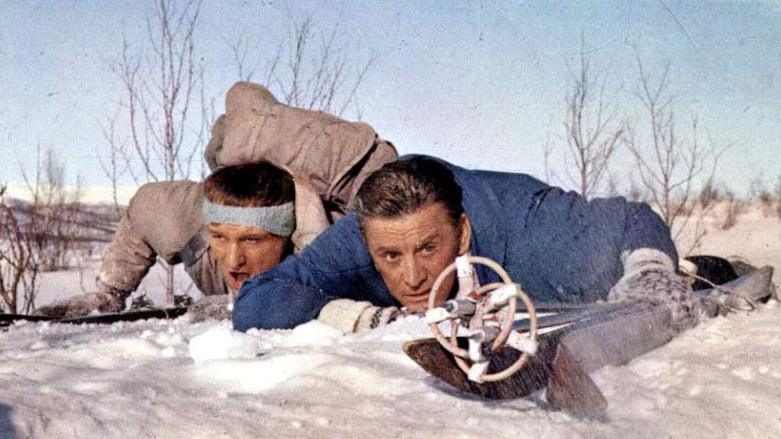
Richard Harris and Kirk Douglas in the 1960s war film The Heroes of Telemark
Hitler did not succeed in making a nuclear weapon.
The hydro plant was successfully attacked in 1943. The raid inspired the 1960s war film The Heroes of Telemark, starring Kirk Douglas and Richard Harris.
Descendants of Freshman's personnel are hugely proud of the men's actions.
Karen Pidgeon, whose grandfather - Londoner George Simkins - was one of the Royal Engineers killed, said: "I think they knew it was a suicide mission.
"They knew they wouldn't come home."
"I remember watching The Heroes of Telemark as a kid and my dad saying: 'Your grandfather was a real hero of Telemark'."

The site of RAF Skitten is a farm today
Research by Mr Tocher, a military enthusiast and retired geologist from Forfar who lives in Norway, is among the new efforts to recognise the bravery of those sent on Operation Freshman.
Over the last five years, he has traced the families of all but 10 of the men and has also helped relatives to visit their loved ones' graves in Norway.
He is writing a book and has also been working with Caithness Voluntary Group (CVG) and Royal British Legion Scotland to refurbish Skitten's memorial, which includes the names of men killed in the operation.
Last month, CVG unveiled information boards mentioning Freshman as part of a new WW2 trail.

Bruce Tocher, a Scot who lives in Norway, has been researching the stories of the men of Operation Freshman
Mr Tocher said the mission had a long-lasting impact.
He said: "Most of the families were not given any information at the time, and many struggled to get information after the war.
"There were a lot of married men on Freshman and quite a few had children."
He added: "I have traced 38 families of the 48.
"There are still 10 men whose families I have not been able to trace.
"It would be a shame to complete the book and not have those families represented."
Related topics
- Published22 April 2024
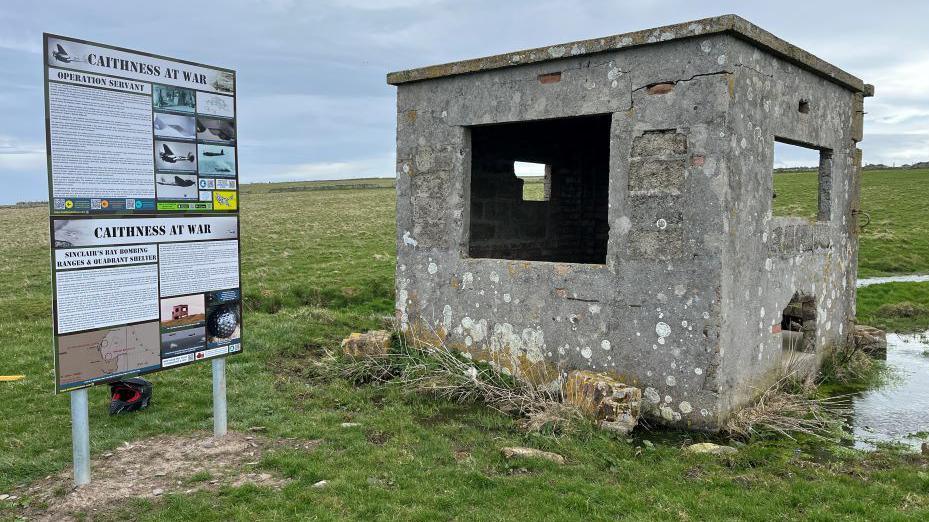
- Published11 November 2016
